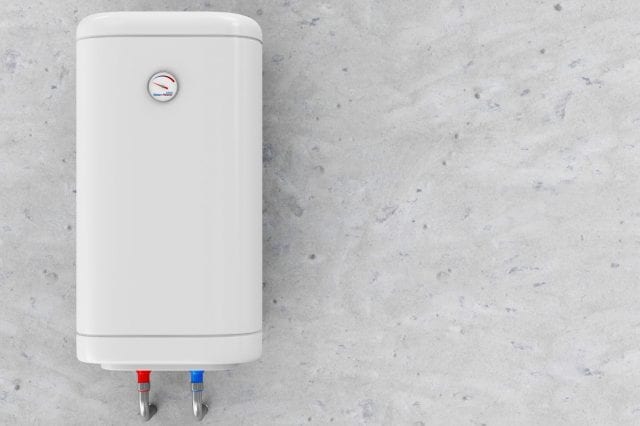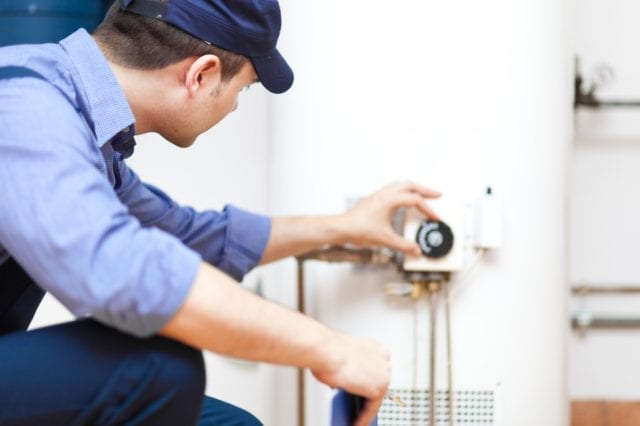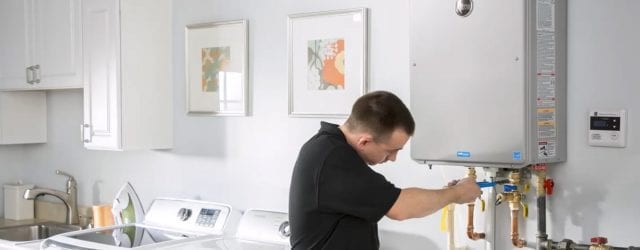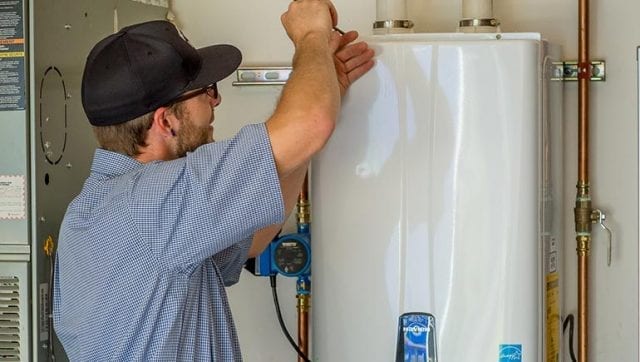
Water heaters are not everlasting; as a matter of fact, most of them have a lifespan of 15 years or so. So that means that we would upgrade our water heater at some point in our lives. However, other problems such as leaks around the bottom, frail piper, and frequent malfunctions, are all extra reasons why we should upgrade on our current water heater.
But not everyone is an expert in water heaters, and DIY upgrading is far cheaper than paying someone to do it.
In this article, we are going to teach you how to upgrade your current water heater with a better one that will be beneficial for both you and your family.
Step 1: Prepare the Water Heater

The first thing you should do is shut off the water on the cold side and open up the hot water faucet to relieve some of the pressure. Some water heaters are electric and would require you to turn off the power. Some water heaters are gas-powered, so you should turn the switch over to the “Pilot” position.
Once you’ve turned off the water heater, proceed to drain the remaining water out of the heater to relieve even more pressure.
Step 2: Prepare the Pipes
https://waterheaterreviewssite.com/ says that using a tape measure to estimate the length of each pipe is the appropriate start to step 2. Once you’ve finished measuring, proceed to cut the copper pipes to the appropriately measured length. Next up is to assemble the remaining cut pieces and screw the male adaptors into the appropriate valves. Do this with all pipes and test the assembly in place to check if your measurements are correct.
Step 3: Cut the Water

Once you’ve assembled the pipes into the valves, It’s now time to alight the pipes into the cold water line. Using an angle measurement tool, make a mark where the 90-degree angles intersect the water lines and use a pipe cutter to cut the pipes which are closes to the waterline. Do this with the bottom and proceed to do the same with the bottom cuts.
Step 4: Assemble the Expansion Tank Connections
Next up is to assemble the expansion tank connections; we do this by making sure that the length of the pipes is as short as possible to limit any strain on the connection.
Before you assemble the expansion tank connection, make sure that the joints are nice and clean so that the male adaptor can properly connect to the expansion tank connections.
Solder the joints together, let them cool off and proceed to add Teflon paste to the joints and threads of the tank.
Next up is to insert the “T” and female adaptors onto the expansion tank using two slip-joint pliers. Use the pliers to screw the tank into the male adaptors, and make sure that it’s properly secured.
Turn the water heater on to test for any leaks.
Step 5: Install an Automatic Shutoff Valve

The last step should be done by a licensed technician as it is a complicated task that requires professional assistance.
However, if you do need to do it yourself, then you would need to do the following:
- In the case of gas-powered heaters, make sure to remove the thermal coupling from the gas valves using pliers.
- Install the automatic shutoff valve in its place.
- Next, you should insert the wire from the valve into the hole you’ve just opened and secure the wire.
- Remove the cap and insert the wire end into the socket of the valves.
- Heavily secure the wire to the water heater, but beware not to over-tighten the wire itself.








